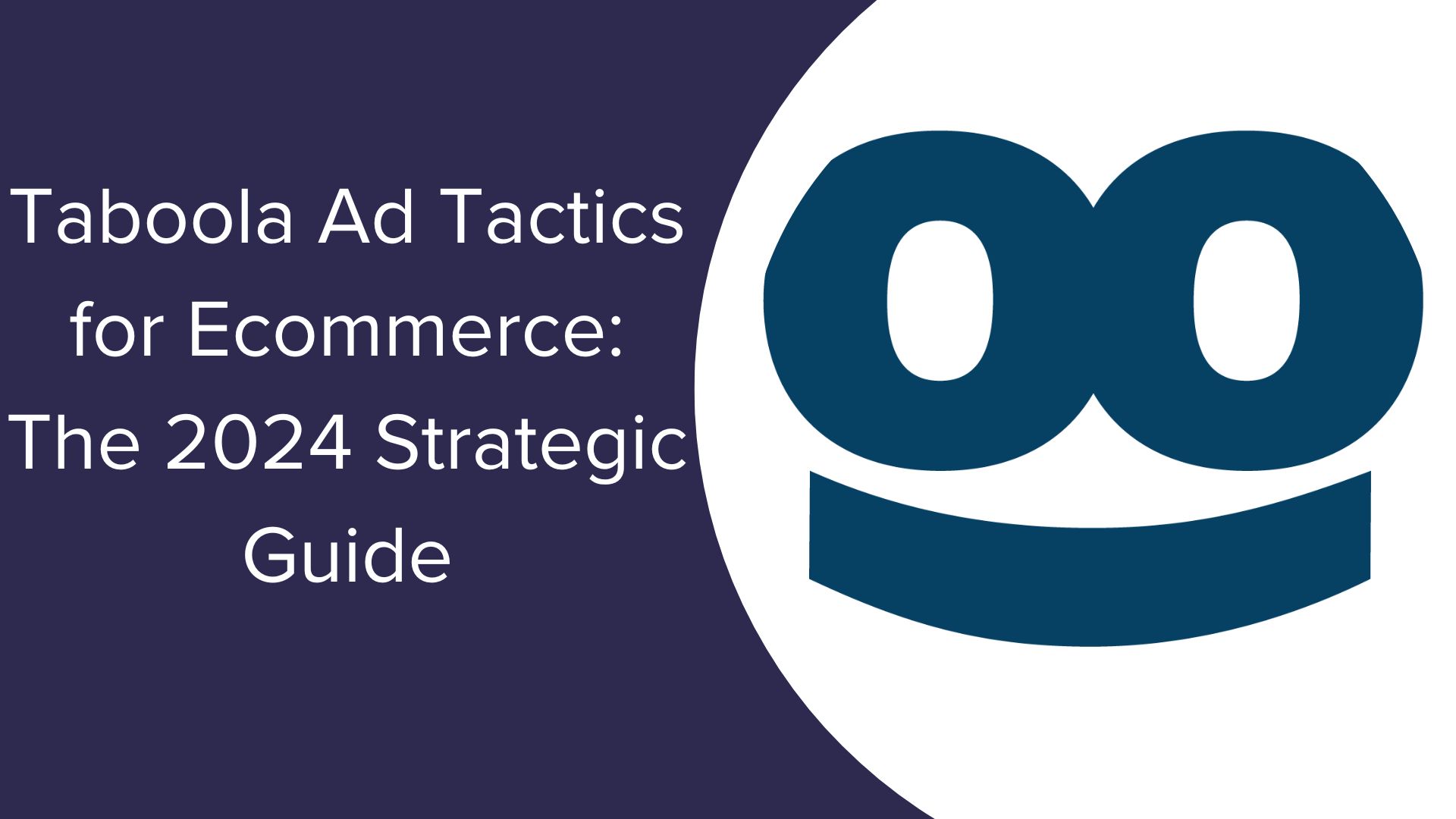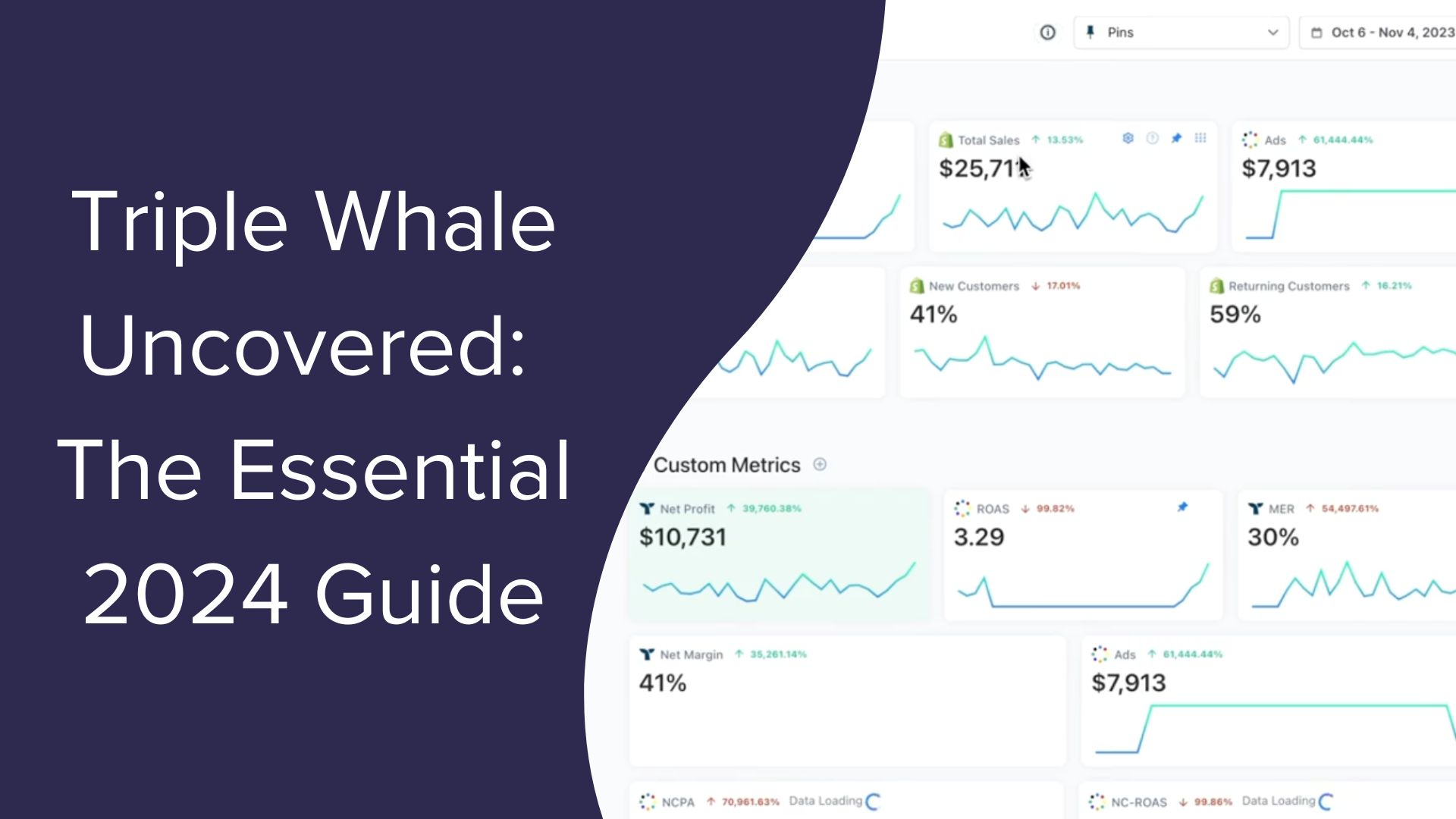Warning: Undefined array key 0 in /home4/ipiukmte/public_html/wp-content/themes/adquadrant/template-parts/content-post.php on line 21
Warning: Attempt to read property "slug" on null in /home4/ipiukmte/public_html/wp-content/themes/adquadrant/template-parts/content-post.php on line 22
Remarketing 101: 7 Steps to Success for Your E-Commerce Brand

E-commerce is thriving. Between 2011 and 2021, sales in the U.S. multiplied by nearly five times. In the first quarter of 2022, we saw record-breaking sales, with e-commerce revenue reaching $250 billion in the U.S. alone. To put this into perspective, that’s 6.6% more sales than the previous quarter.
And as impressive as this is, there’s still much more than can be done, considering:
- The average cart abandonment rate is a whopping 69.8%
- The average lead conversion rate is just 20%
- And 96% of people who visit your website never end up buying anything
It’s safe to say, there’s room for e-commerce sites to reach their potential. And seeing how the market is indicating growth, now is the time. So, how can your brand achieve its potential, you ask? The answer: remarketing.
Customers are ready to buy your product with a little nudge in the right direction, and there’s no better way of nudging them than remarketing. This article will take you through the importance of remarketing and highlight the seven steps to make your e-commerce brand succeed.
7 steps of successful remarketing
“Content remarketing gives you the best chance to convert the prospects who are already interested in your business,” says Oluwamayowa George, a growth marketer with more than 10 years of industry expertise.
“By combining the user’s activity on your website with relevant content, you’re able to provide them with the right motivation to return to your website to complete their customer journey.”
So, if converting prospects is something you’re interested in, read on!
1. Segment Your Audience and Personalize Your Ads
Your audience is unique — they have different reasons to buy your product and different platforms where they spend time.
For example, if you sell soap, your audience may include both Gen Z and millennials. These target groups have different:
- Icons they love
- Reasons to buy your product
- Pop culture references they understand
The only way to convert both these groups is to segment your audience and personalize ads in a way that connects with them.
2. Optimize Ads for All Devices
If you want to make content consumption as frictionless as possible for your audience, make sure your ads, especially for promotional materials, look the same across every channel and device so you can deliver the full impact of the campaign.
This is especially important since customers don’t always shop in a linear fashion. Data from Salisfy suggests 25% of U.S.-based consumers discover products through a search engine, but only 2% of them buy from search engines. Similarly, only 10% of customers research products in-store, yet 40% of shoppers buy in-store.
So, if you want customers to shop from your brand, you must spread the same messaging across all platforms.
Other ways to optimize your remarketing campaigns are:
- Scheduling your campaign at the right time
- Reducing the frequency to avoid becoming spam
- Testing calls to action, subject lines, and ad placements (more on this later)
3. Know Where to Bid
To get the most bang for your buck on remarketing campaigns, you should strategize where to bid. For example, it’s always smart to bid less on the home page and non-converting pages, and more on the shopping cart page to improve ROI.
This is because if you bid on shopping carts, you target the audience with the intent to buy, but if you bid for the attention of the audience on the home page, then you’re spending money on a target group who may or may not be ready to convert.
Bidding on broad-match keywords lets you capitalize on user intent (and increases conversion rates by 25%), and using tools like cost-per-click (CPC) allows you to only pay for warm leads.
Brands like Confetti, Payoneer, and The Southern Sun, ran CPC campaigns and saw results like a 42.58% increase in revenue, growth of 4,751% in client acquisition, and a 125% increase in conversion rates, respectively.

4. Offer Incentives
Customers love to buy from places where they can save and members of incentive programs are 60% more likely to buy more after joining. So it comes as no surprise that incentives are also one of the best ways to lure prospective customers who have abandoned their carts. Here’s how to do it well:
- Highlight the incentive in the subject line
- Decide the channel (e.g., emails, SMS) and the incentive (e.g., discount, free shipping, loyalty points)
- Set a frequency limit on incentives to preserve your brand image
- Build on urgency
- Use social proof to your advantage
Note: You need to segment and target your incentive offers too.
5. Content Leads to Conversion
Sometimes, your audience needs time to convert. To quantify this statement, you need to interact with prospects at least 8 times to convert them, according to the Top Performance in Sales Prospecting research.
This is why sharing a CTA or asking them to make a purchase during every touchpoint is not always fruitful.
Engage with your customers, share case studies, insights, or brand highlights, and maybe once in a while, ask them to make a purchase.
Make your customers familiar with your brand, solve their pain points, share things that add value to their lives, and then ask for their money.
In the words of Maria West, a pro-writer for direct-to-consumer (DTC) and e-commerce brands, “Unless you’re a cute six-year-old holding a lemonade stand, you can’t just ask people to buy your product or service with no previous value add.
Online businesses can win more trust, be top-of-mind for buyers, and retain lifetime customers by providing content that teaches and engages — even beyond the point of sale.”
6. Don’t Forget to Cross-Sell and Upsell
Retaining customers is better than acquiring new customers. If you focus on a customer retention strategy, you can increase revenue by 80% and reduce customer acquisition costs by 30%.
So, if you have existing customers, don’t miss out on the opportunity to retarget them to cross-sell or up-sell.
You can also try adding coupons or loyalty points with existing purchases so customers can redeem them at a later date. To draw inspiration, you can look at Old Navy’s incentive system, where they give you “Super Cash” with every purchase to ensure you keep coming back!
7. Test Your Campaigns
A/B testing is one of the best ways to optimize your campaigns. We say this for a couple of reasons:
- It helps you understand audience behavior.
- It converts more customers.
- You improve the look and feel of your campaigns.
- You understand what makes your target audience buy.
- You make more money once you nail your campaigns.
Want some proof? Here are a few examples of what A/B testing has done:
- Raised $75 million for Obama’s 2008 election campaign.
- Increased Microsoft Bing’s revenue by 12%.
- Improved open rates by 0.53% and click-through rates (CTR) by 0.23% for HubSpot.
So, all in all, you should be testing all parts of a campaign, such as the subject line, CTAs, content, send-time, visuals, and incentives.
Leave It to the Experts
Although we’ve laid down ways to develop a remarketing strategy, it’s not something you can learn in one day. It takes years of experience to understand what sticks with an audience and what doesn’t.
AdQuadrant has that experience. We combine the power of social channels, paid and earned media, and digital strategy to convert prospects on your behalf. If you want to focus on building your product and leave the stress of remarketing to the experts, get in touch with AdQuadrant today.
About the author: Ashley R. Cummings is a professional freelance writer and content marketing consultant specializing in e-commerce, marketing, and SaaS. Connect with her on Twitter!




